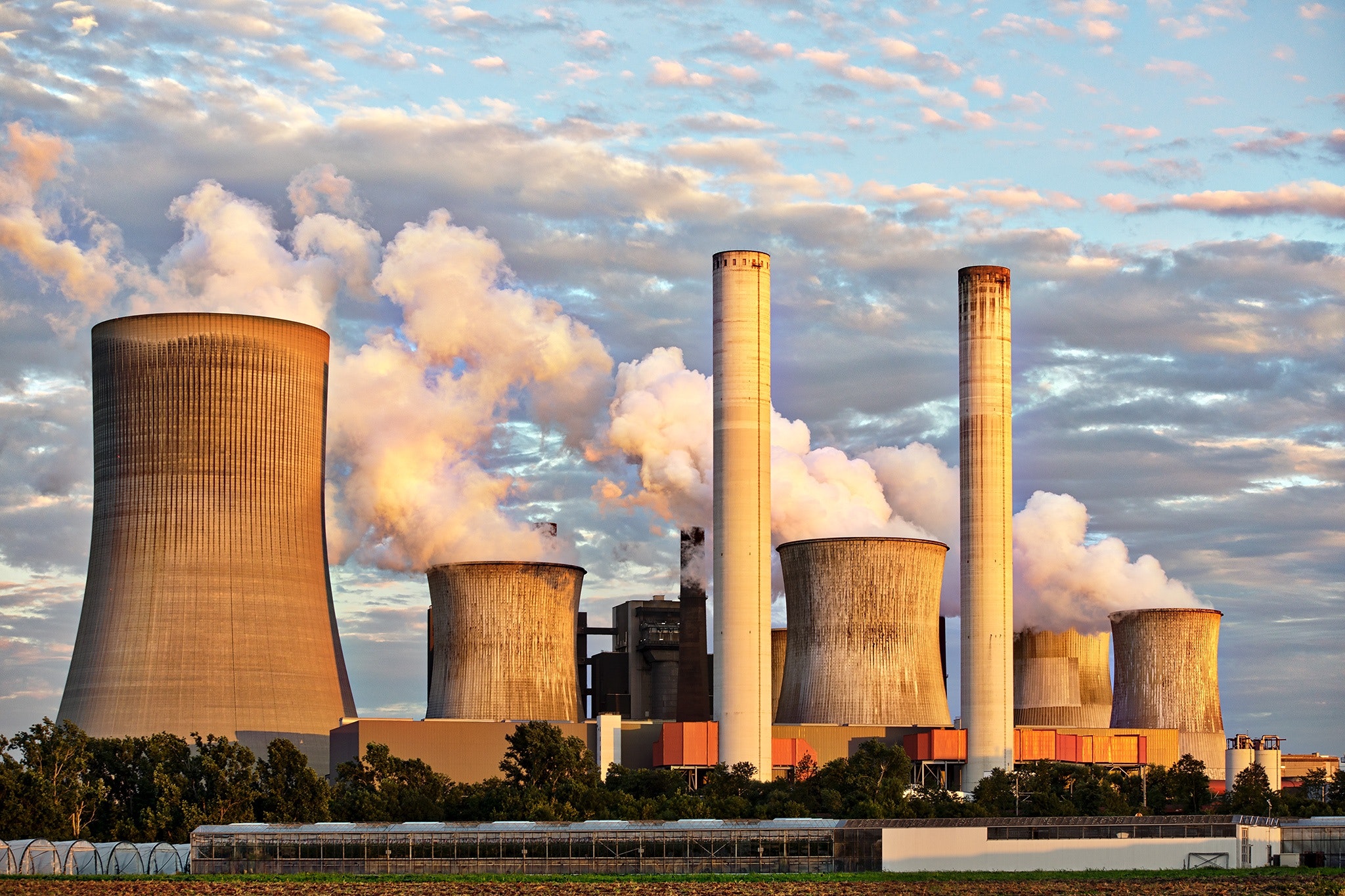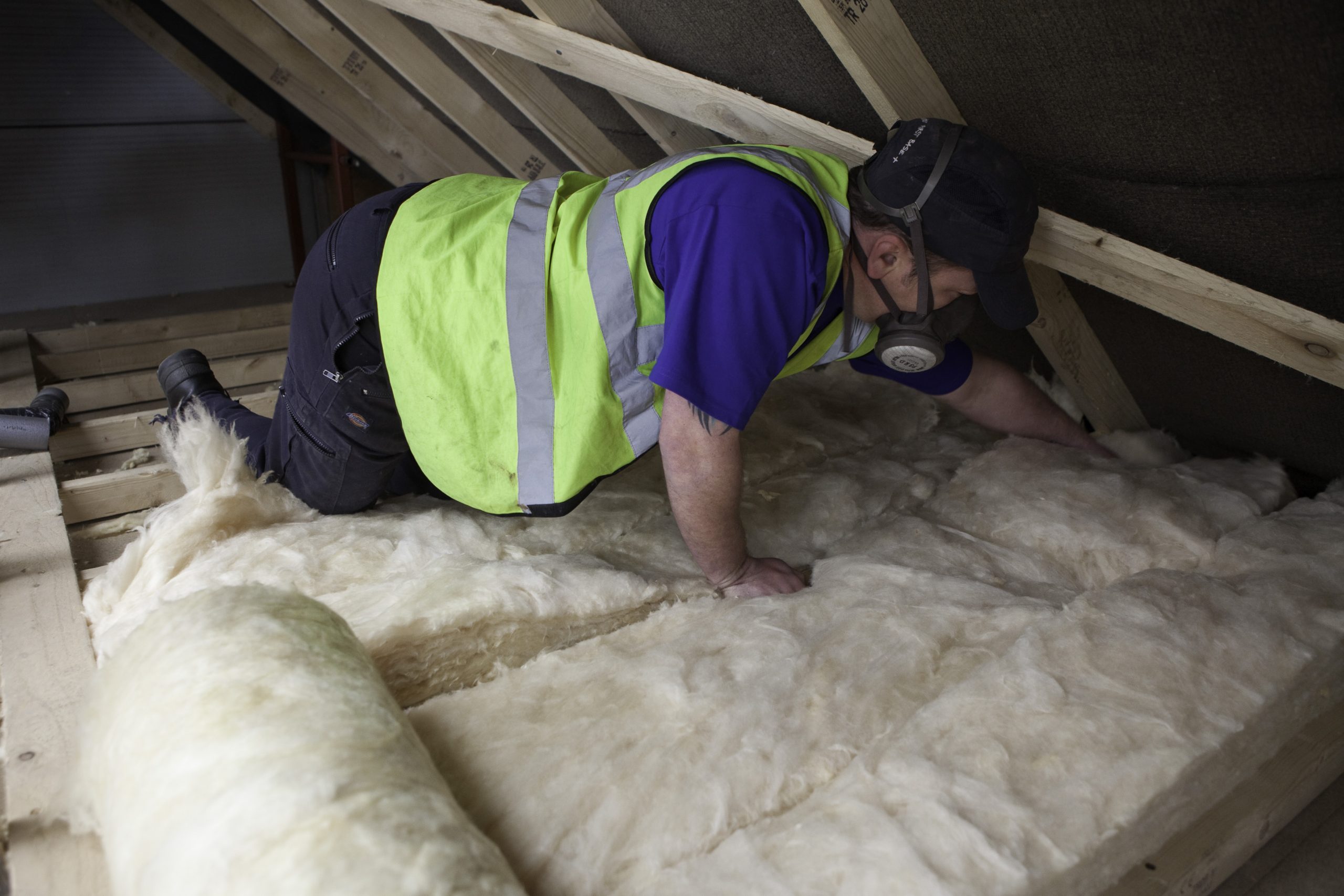The Circular Economy: How Do We Avoid Another Greenwash?

As the circular economy becomes a mainstream topic of conversation, Housing Industry Leaders looks at what it means, how life cycle assessments help achieve true economy and what the industry needs to do to avoid greenwashing.
The circular economy can be defined as a model of production and consumption which relies on the sharing, reusing, recycling of existing materials as long as possible.
To achieve this, there will be a dramatic improvement in the environmental impacts the construction industry has on the planet and reduce the amount of embedded carbon within construction.

Aiden Bell, Co-Founder at Envirobuild
As it currently stands, according to the UK Green Building Council, around 10% of carbon dioxide emissions are directly associated with construction activities.
Housing Industry Leaders spoke to Aiden Bell, Co-Founder at Envirobuild seeing how they are tackling the issues of embedded carbon and how they are pushing towards a circular economy.
Aiden started by explaining: “The circular economy is the ultimate goal within construction. We aim to get to the level where we can reuse the resources. However, in many sectors, it is still quite a distant goal.”
The circular economy is difficult- it isn’t expected it overnight
A truly circular economy is difficult to achieve. Housing Industry Leaders heard: “It requires a lot of initial design to producing a reduce and recovery of products and a lot of what we are doing is truly circular including our garden furniture ranges.
Some of the products included within the circular economy range include garden furniture ranges, plastic lumber ranges and aluminium products.
Continuing, Aiden said: “We took products that had little life and little value and made them into something truly useful. However, the composite decking itself is an absolute nightmare to recycle and very few people can recycle it. So, sometimes it is about extended the lifeline rather than making it circular.”

EnviroBuild Decking in Stone
Recognising the efforts made by Envirobuild, they were awarded the Circular Economy award for West London. “They were impressed with the efforts we are making and recognising that it is not perfect, but it is going in the right direction. It is a really good example of how to no detriment to the quality and price, we have managed to get something that is fully recycled and fully recyclable again.”
Acknowledging this difficulty in creating something truly circular is something that needs to be scaled up to ensure the term isn’t greenwashed into marketing campaigns by companies and the central government.
Sometimes it is as simple as reducing the amount of a product that you use. We live in a world of commercial realities so without legislation on specific points where people are forced to incur more costs, it can be really difficult
The more you delve into the circular economy the bigger the web of embedded carbon becomes. To reduce confusion and create a template for the whole industry to use, life cycle assessments are key.
From developing a circular economy through the guidance of an LCA, Envirobuild wanted to get an environmental product declaration and that is covered by specific legislation which can be found here.
Life cycle assessments are the best method for achieving a circular economy
Life cycle assessments (LCA) can be summarised by thinking what is the energy that goes into each stage of transformation, and logistics that are involved and then finally through to how it is used, and then what happens end of life.

So, for example, “If it’s a product like wood, it is important to look deep into aspects that require cleaning and requires treating. That takes all those chemicals into account and how that compares to say, the composite decking, which requires less cleaning and fewer chemicals” added, Aiden.
One of the most important sectors of the LCA is the use period of life and end of life. Essentially, at the end of life can a product be recycled again.
If at the point of demolition, how will that be treated? Aluminium, steel, copper, for example, will be recycled. The bricks will probably be crushed up and use aggregate for roads.
Where the issues around the circular economy mainly come from the smaller parts of waste. Aiden said: “The smaller waste products like plastics tend to end in the skip.”
As we see more government road maps towards net-zero, the industry awaits legislation that will set the bar for industry to respond to
The worry around circular economy rises when companies start using it as a marketing tool to greenwash their actual impacts on the environment. Aiden explained: “You can see that there is a gap between those that are truly trying, people who are trying a bit and people that aren’t trying at all.”
Rounding up the interview Aiden told Housing Industry Leaders: “Greenwashing is a very real and dangerous thing. You see it in construction all the time where people are picking and choosing what they talk about to make something look green.”

